Watt EV Coupe – Will It Make It to Production or Not?
The Watt Electric Vehicle Company (WEVC) has unveiled the EV Coupe, a classic shape inspired by the 1955 Porsche 356A. WEVC is not connected with Porsche AG. WEVC does not imply that any of their products are a product of Porsche AG, nor are the Porsche or 356 names used or associated with WEVC products. So why would we think WEVC is on a slippery slope?
WEVC says that there are many changes to the EV Coupe’s exterior and interior surfaces, yet it resembles the 356. Their composite body is more rounded, and aerodynamic.
Headquartered at Rally Prep, in Saint Columb, United Kingdom, Watt is the latest company to carve out a new EV niche. Their two-seat, mid-motored, rear-wheel driven mixes retro style with modern EV construction. A real-world sports car that complies with modern safety standards.
WEVC has created their own platform, made of bonded aluminum. Including the battery case in the chassis saved weight, and made it more organized structurally. Powered by a 40 kWh lithium-ion battery, there’s also a 120kW mid-mounted electric motor. This gives the EV Coupe near 50-50 weight distribution, and a 2,200-pound curb weight.
The interior uses high-end, lightweight materials. Modern sports car creature comforts, such as air-conditioning and mobile connectivity, are included.
WEVC has conducted ample original testing, with more to come. Production cars will have a worldwide light vehicle test procedure (WLTP) range of 230 miles. Launch Edition Coupes will reach zero-62 MPH in about five seconds.
“With our new vehicle we wanted a light, appealing sports car, positioned at the opposite end of the range from the current trend building powerful, fast accelerating, but heavy electric cars, said Neil Yates, WEVC founder and owner. “The EV Coupe’s focus is on occupying the driver, while providing enjoyment at the same time. It has a comfortable ride and excellent response, with a double wishbone suspension, 16-inch wheels and low-profile tires, and a handling balance that is entertaining.”
The EV Coupe’s advanced development will continue over the coming months ahead of a production car reveal in late summer. Manufacturing will begin in November, with deliveries beginning in early 2022. Launch Edition Coupes will start at $113,050. We reached out to WEVC for a comment about the car’s design, but did not hear back from them prior to posting our story.
[Images: Watt EV Company]
With a father who owned a dealership, I literally grew up in the business. After college, I worked for GM, Nissan and Mazda, writing articles for automotive enthusiast magazines as a side gig. I discovered you could make a living selling ad space at Four Wheeler magazine, before I moved on to selling TV for the National Hot Rod Association. After that, I started Roadhouse, a marketing, advertising and PR firm dedicated to the automotive, outdoor/apparel, and entertainment industries. Through the years, I continued writing, shooting, and editing. It keep things interesting.
More by Jason R. Sakurai
Latest Car Reviews
Read moreLatest Product Reviews
Read moreRecent Comments
- El scotto Will ascots be discussed at the HOA meetings? Or Purdey shotguns?
- El scotto Wait, wait will they rename the street it fronts Jermyn or New Bond Street?
- El scotto Redapple2 & Aja8888; Sirs, it would seem that a leaky roof would lead to many things like rusty unstamped metal, rusted stampings; and big stonking (highly technical term there) machines standing in water.Glove are personal protective equipment (PPE). The UAW probably makes Stellantis pay for the gloves. To be fair, there is always that one person who has 49 pairs of gloves in their locker and thinks they're getting away with something. Stellantis would want to stiff someone over a 10 dollar pair of gloves and run the risk of paying for a serious hand injury and workman's comp. None of these two items are smart moves on the company's part.
- Jimbo1126 Supposedly Messi has reserved a unit but he already got a big house in Fort Lauderdale... I guess that's why :)
- El scotto Dale Carnegie had his grandkids do some upgrades?

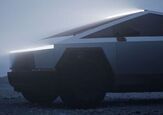





















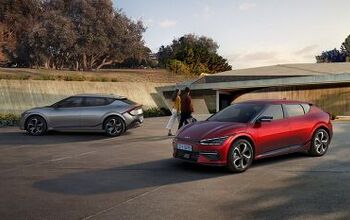
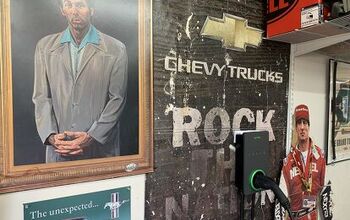

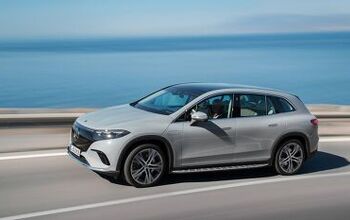
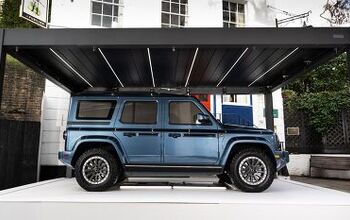
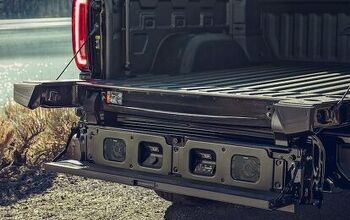
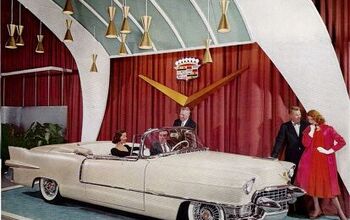
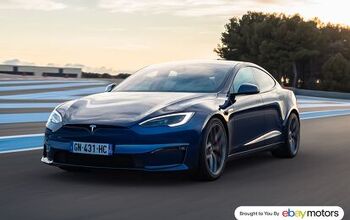
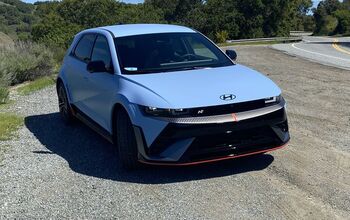
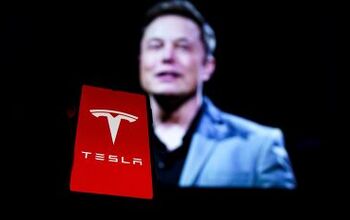

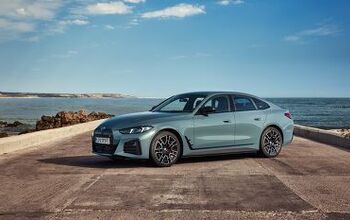


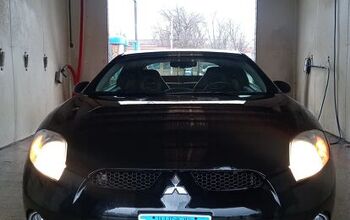
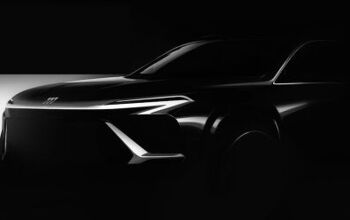

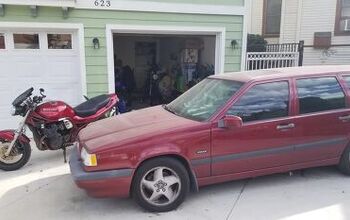
Comments
Join the conversation
Watt is the wrong name for EV company. They should call it Kilowatt at least, or Megawatt.
The good folks at EV West sell a Karmann Ghia electric conversion kit for a mere $7,598. All you need is a decent Ghia shell and the labor costs and you’re still at less then half of what the Watt EV is priced at. https://www.evwest.com/catalog/product_info.php?products_id=220